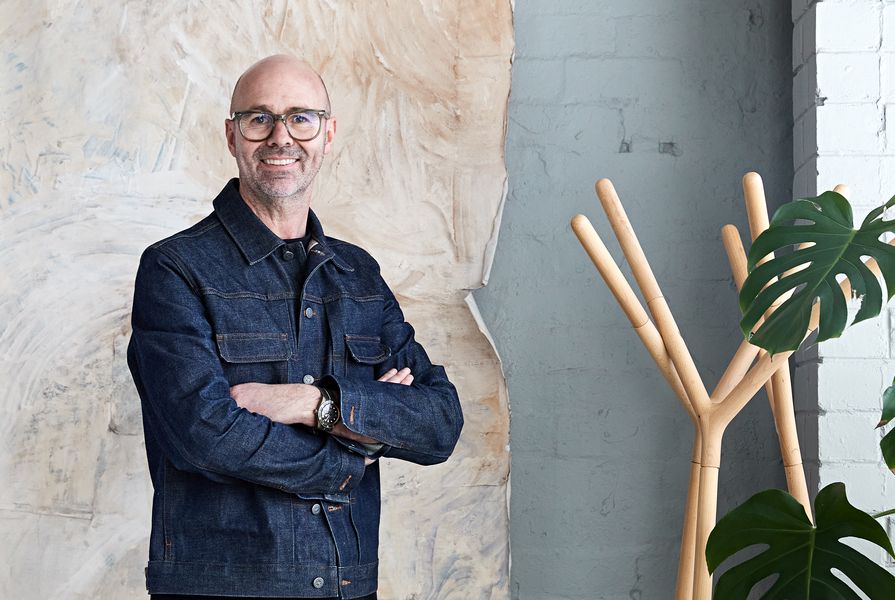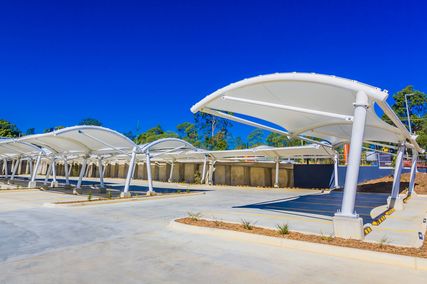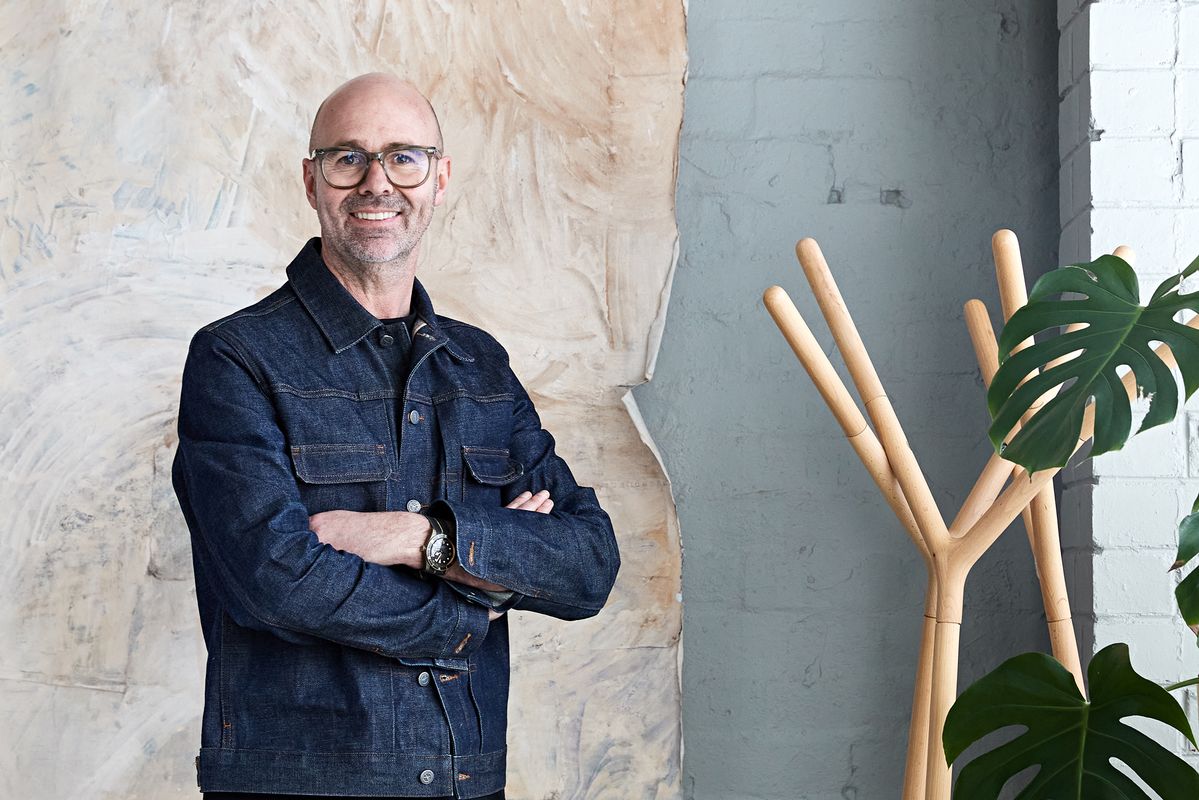Like many school leavers, Hamish Guthrie felt the familiar tension between taking the path well trodden or the one less travelled.
“My parents were a dentist and a physiotherapist,” Guthrie said. “I was always torn between pursuing something scientific or going down the creative path.”
While a career in interior design was relatively unchartered for Guthrie, he was fortunate to land an early job working for prominent Melbourne studio Daryl Jackson Architects (now Jackson Architecture) after a brief jaunt down the sports science track.
“[Daryl] was a great mentor and helped me to consolidate in my head what I really wanted to do. He offered a job to me in my very early stages without any real experience – it was a great window into that world.”
At the same time, Guthrie landed a job working on a building site in South Melbourne, “which was a really useful tool to understand the other side of our business,” he said, all before he had enrolled to study interior design at RMIT.
Guthrie’s first project was an office space for designer Steven Cornwell on the lower levels of the building in which he worked with Daryl Jackson. “They gave a fairly open brief aesthetically, but they were quite prescriptive from a functional perspective,” Guthrie said.
Cornwell Studio, 1997.
Image: Courtesy Hamish Guthrie
This was the early 90s, when Guthrie describes his design sensibilities as being “like a sponge.” He had a broad frame of reference, considered every material and examined every option. “As you mature as a designer, you get a bit more selective; you narrow your frame of reference to have a clearer sense of who you are and what you want to do.”
The Cornwell office was designed using a restrained palette for the growing studio, and provided Guthrie with an exciting opportunity to venture out of what was necessarily the house-style of the studio.
“I specified a cream carpet through the main body of the workspace. And I think on day one, someone spilled the coffee in the middle of the main circulation space,” he recalls.
“As a young designer, it was a moment of horror, as the carpet had to be removed and replaced with something more practical. But those things do serve you well, as hard as they are to swallow at the time.”
Proposed tasting bar for Idée Fixe.
Image: Courtesy Hecker Guthrie
Now with thirty years under his belt, Guthrie’s most recent project has been designing a blanc de blancs house in Western Australia, Idée Fixe, an offshoot of Margaret River’s founding winery Vasse Felix.
Hecker Guthrie had previously worked with the client on the Vasse Felix restaurant and cellar door – an organic and raw-finished space that celebrates the hand-crafted and embraces the broodier, more rugged elements of the Western Australian South Coast.
“Where in our earlier projects we might have been driven by aesthetic, we’re now more motivated by experience and storytelling,” he explained. The practice tries to embed a deeper, richer narrative layer into its projects for results that speak to place and people, rather than follow the fickle tides of the fashion.
The design for Idée Fixe, for instance, tries to channel “terroir,” a winemaking term that describes the environmental context of the grapes that affects their character – the soil type, the terrain, the climate – but is equally fitting to describe a sense of locality and specificity that can be achieved in design.
“Winemakers are inherently passionate people. It doesn’t necessarily make financial sense to do what they do but they can’t help themselves. It was essential for us to tap into that level of passion and enthusiasm in the design,” Guthrie said.
The table is the base, Hecker Guthrie’s winning entry to the 2018 Rigg Design Prize.
Image: Shannon McGrath
One of Guthrie’s career highlights to date has been winning the Rigg Design Prize in 2018. The triennial prize is awarded to an Australian design practice displaying “outstanding creative achievements in contemporary design.”
Titled The table is the base, Hecker Guthrie’s installation, displayed at the National Gallery of Victoria, creates an entire domestic setting using only the Parsons table, originally designed by Jean-Michel Frank in the 1930s, and terracotta.
“It had to be more than just a space: this was a space in a national gallery and it had to resonate with that same level of strength that art does,” said Guthrie. “The idea we settled on was the idea of a table in its purest form. It was the distillation of everything we do as interior designers; this object around which we eat, work, play, gather.”
Guthrie said one of his greatest lessons has been to learn not to take things too seriously. “Often we do get so caught up in what we’re doing and we lose sight of the joy and the enthusiasm of the process of design,” he said. “A level of professionalism is fundamental to what we do, but we should be reminded that we are very privileged to do what we do. We work in an environment where we are continually stimulated by interesting people and exciting projects and engaging spaces. You probably can’t say that about a lot of careers. You do have to pinch yourself.”
As for his advice to emerging designers, Guthrie said it’s the act of sharing and relinquishing ideas that nurtures creativity and fresh thinking.
“I used to feel that you had to hold your ideas very close to your chest – you’ll use them or they’ll go to the grave with you,” he says. “Now, we’re much more open to sharing ideas. It almost has to happen that way. The more you share your ideas, the more it frees up space to bring in more creativity. That’s been a fundamental shift in my thinking.”























